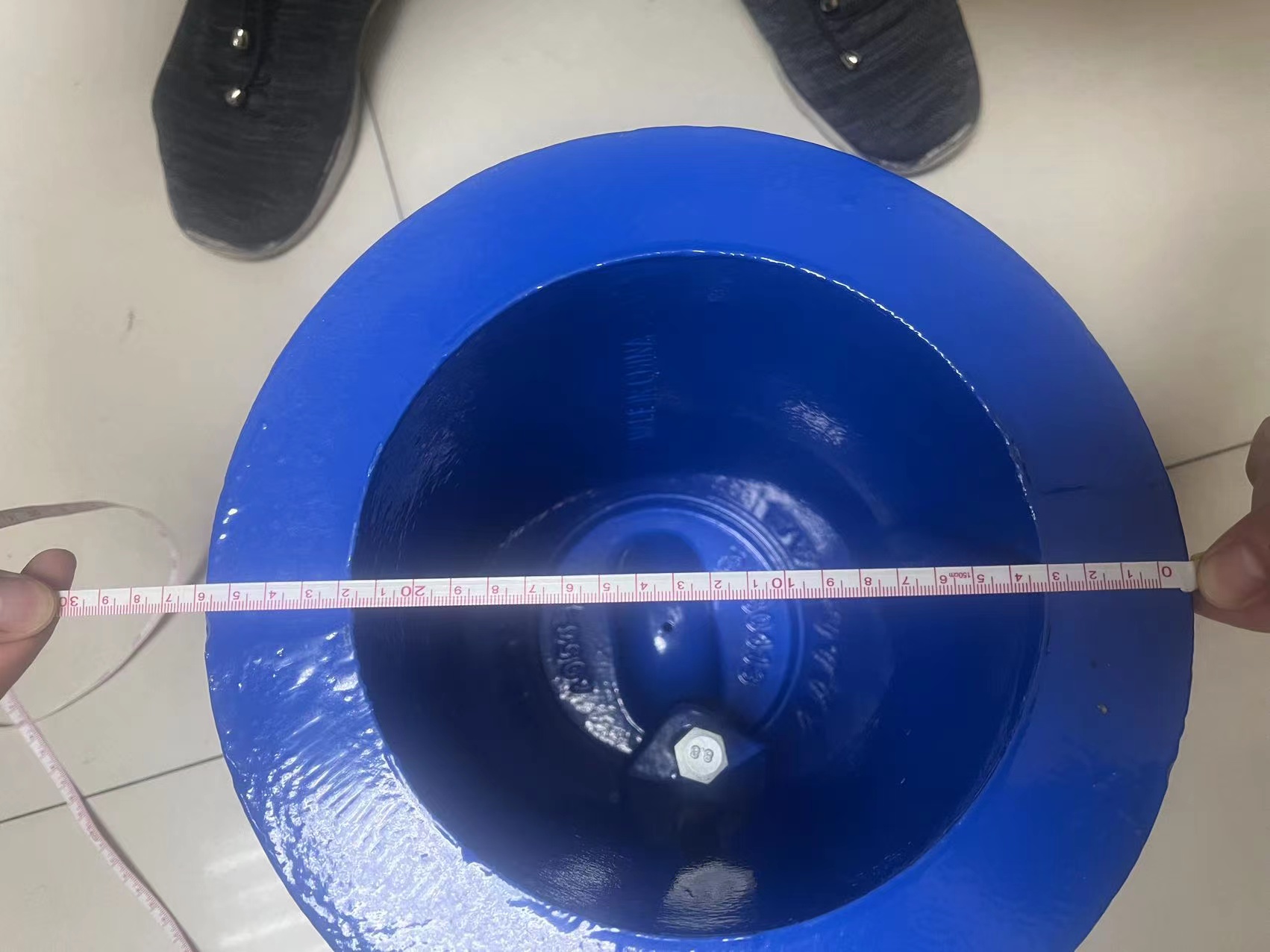Understanding the Importance and Functionality of Valve Boxes in Infrastructure
Understanding Valve Boxes A Crucial Component for Water Management Systems
Valve boxes are often overlooked components in water management systems, yet they play a critical role in ensuring the efficient operation of various applications, including irrigation, municipal water supplies, and firefighting systems. These structures serve as protective enclosures for valves, fittings, and controls, which are essential for regulating water flow and pressure in the system. Understanding the design, function, and maintenance of valve boxes is essential for anyone involved in water management or infrastructure development.
What is a Valve Box?
A valve box is a durable enclosure that typically consists of a robust, weather-resistant material such as plastic, concrete, or metal. Its primary function is to house valves that control water flow in pipelines. These boxes are usually found at ground level, making them easily accessible for maintenance and operation. A typical valve box will contain one or multiple valves, depending on the complexity of the irrigation or water supply system. The design of a valve box may also include features such as slots for pipes, provisions for locking, and drainage options to prevent water accumulation.
The Importance of Valve Boxes
1. Protection of Equipment Water flow control valves and associated components are vulnerable to environmental factors such as extreme weather, debris accumulation, and physical damage from heavy machinery or wildlife. Valve boxes offer a protective shield against these threats, ensuring the longevity of the equipment housed within.
2. Operational Accessibility Accessibility is a fundamental feature of valve boxes. They allow easy access for operators and maintenance workers to inspect, adjust, or replace valves without the need for extensive excavation. This can save significant time and labor costs, especially in larger systems.
3. Water Conservation Properly installed and maintained valve boxes contribute to water conservation efforts by allowing for precise control of water flow. In irrigation systems, for example, this control ensures that water is delivered only where and when it's needed, minimizing waste.
4. Safety Measures Valve boxes can also add a layer of safety to water management operations. By enclosing potentially hazardous components, they can prevent accidental tampering or injury to pedestrians or wildlife.
Types of Valve Boxes
valve boxes

Valve boxes come in a variety of sizes and designs, tailored to meet the needs of different applications.
1. Standard Valve Boxes Typically made of high-density polyethylene (HDPE) or fiberglass, these boxes are lightweight and resistant to corrosion, making them ideal for most applications.
2. Heavy-Duty Valve Boxes Constructed using reinforced materials like concrete or metal, heavy-duty boxes are designed for high-pressure systems or areas with heavy traffic. Their robust structure ensures they can withstand significant external forces.
3. Customized Valve Boxes For specialized applications, valve boxes can be custom-designed to accommodate specific requirements, such as multi-valve configurations or unique dimensions to fit into limited spaces.
Maintenance and Inspection
Regular maintenance and inspection of valve boxes are essential for optimal operation. This includes checking for leaks, ensuring the integrity of the box's structure, and inspecting valves for signs of wear or corrosion. Routine maintenance can extend the lifespan of the components within the valve box and prevent costly repairs or replacements.
During inspections, it’s vital to clear any debris or obstructions from around the valve box, as this can impede access and function. Additionally, any signs of rust or damage should be addressed promptly to minimize the risk of unexpected failures.
Conclusion
Valve boxes may be small components in the grand scheme of water management systems, but their significance cannot be understated. By protecting critical infrastructure, facilitating maintenance, and contributing to effective water control, they are indispensable in various applications from agriculture to urban water distribution. As the water management sector continues to evolve, recognizing and investing in the proper design, installation, and maintenance of valve boxes will play a crucial role in sustaining efficient and reliable water systems for future generations.
-
The Essential Component for Safe Urban InfrastructureNewsMay.14,2025
-
The Backbone of Urban InfrastructureNewsMay.14,2025
-
Practical and Stylish Solutions for Your Drainage NeedsNewsMay.14,2025
-
Lamphole Frame and Cover: Essential for Urban InfrastructureNewsMay.14,2025
-
A Seamless and Aesthetic SolutionNewsMay.14,2025
-
A Must-Have for Safety and DurabilityNewsMay.14,2025
-
Pipe Repair Clamps: Your Ultimate Solution for Efficient RepairsNewsMay.09,2025
